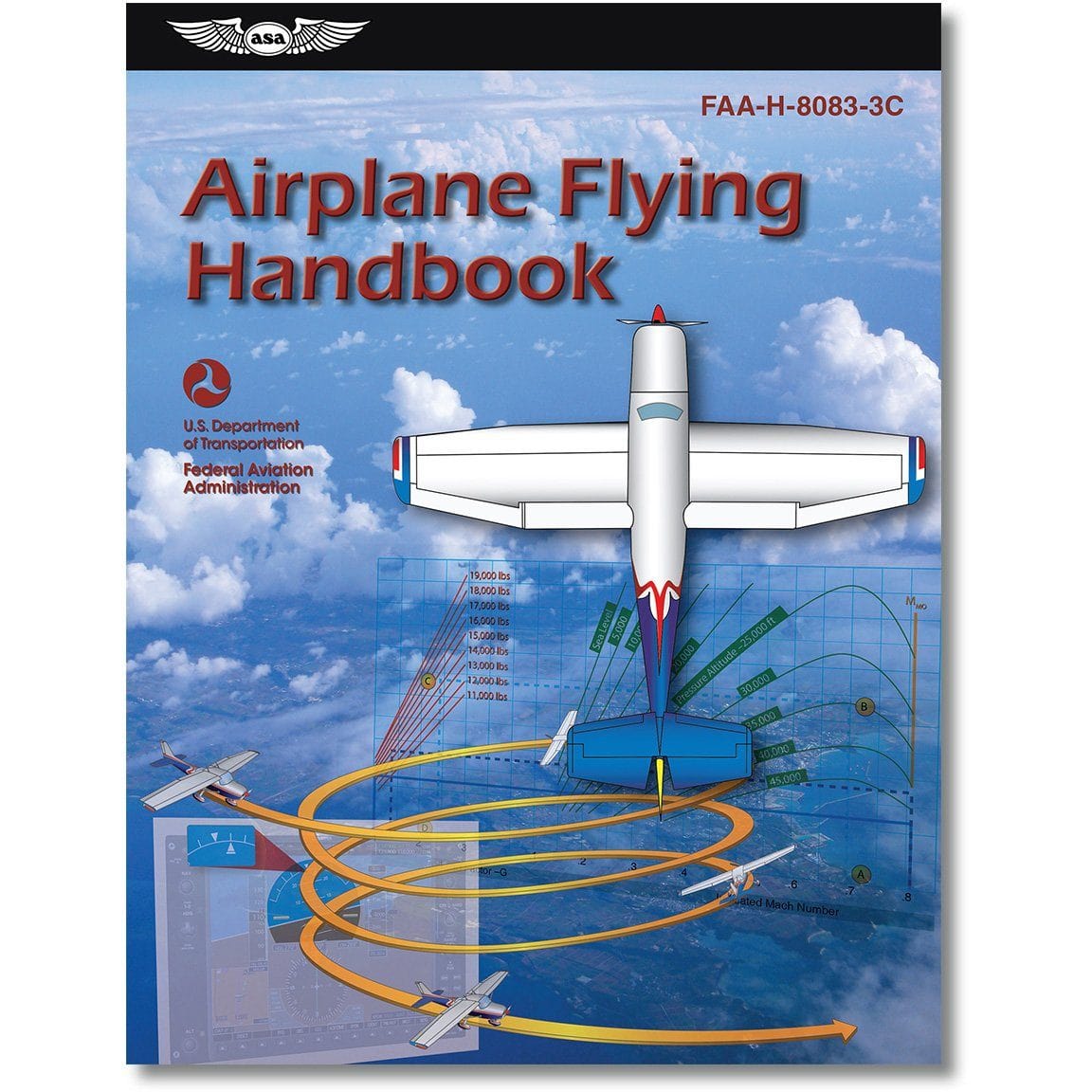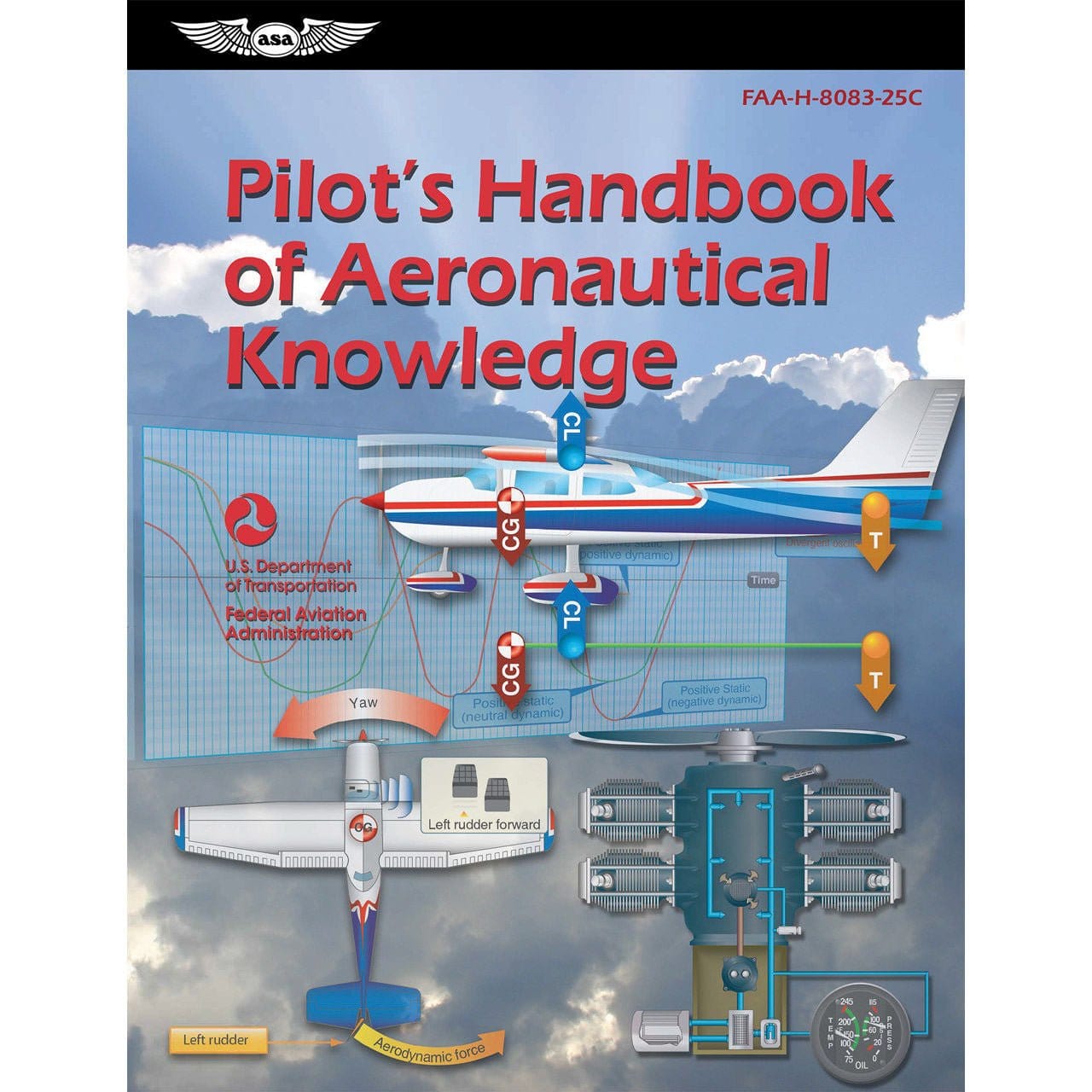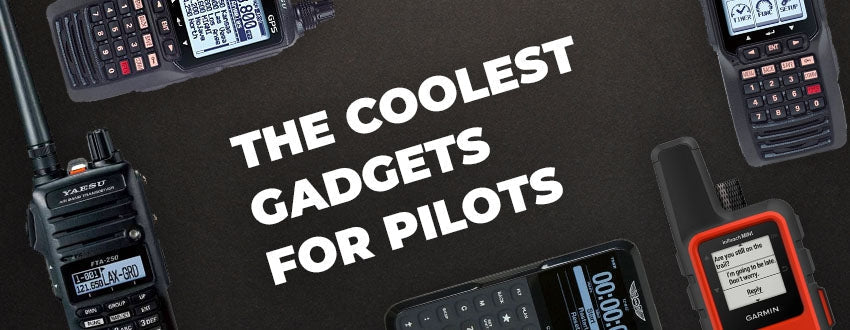Quando você ouve o termo “Botas De-Icing”, você pode pensar primeiro em algo que você usa nos pés. Mas no mundo da aviação, é uma história completamente diferente.
Em vez de manter os dedos dos pés aquecidos, essas "botas" protegem a aeronave do perigoso acúmulo de gelo, inflando e quebrando o gelo das asas e da superfície da cauda durante o voo.
Este sistema ajuda no desempenho da aeronave, especialmente ao voar em condições frias e geladas, o que poderia afetar a sustentação e o controle.
Neste artigo, exploraremos como funcionam as botas pneumáticas de degelo, seus benefícios e como mantê-las para que continuem funcionando corretamente.
Vamos começar!
RESUMO
-
Botas pneumáticas de degelo removem o gelo das superfícies da aeronave durante o voo.
-
Eles ajudam a manter o controle em condições de gelo.
-
A manutenção regular mantém sua eficácia.
-
Botas anticongelantes oferecem uma solução confiável para viagens aéreas seguras.

O que é um sistema de degelo pneumático?
Ao voar em condições conhecidas de formação de gelo, as bordas de ataque da aeronave podem acumular camadas de gelo, o que interrompe o fluxo de ar da aeronave e reduz a sustentação.
Este sistema combate isso inflando “botas” de borracha colocadas ao longo das asas e da cauda.
Um sistema pneumático de degelo é mais comumente usado em aeronaves maiores, mas também pode ser encontrado em aviões menores, especialmente em regiões onde condições climáticas de gelo ocorrem com mais frequência.
O sistema de degelo é alimentado pelo ar de sangria da aeronave, normalmente retirado do motor, ou por uma bomba elétrica.
As botas inflam, quebram o gelo e depois desinflam, ajustando-se novamente à superfície da aeronave para minimizar o arrasto durante o voo normal.
Esse ciclo se repete conforme necessário, e a maioria dos sistemas modernos pode cronometrar automaticamente a inflação e a deflação para que o piloto não precise se preocupar com ativação constante.

Como funcionam as botas de degelo pneumáticas
O reforço de degelo funciona assim:
O que é legal sobre esse sistema é o fato de você poder usá-lo durante o voo. Se você acabar voando por um trecho de nuvens frias, e o gelo começar a se formar ao longo das asas. Você pode acionar o interruptor, e o ar do sistema de sangria de ar correrá para as botas de degelo presas às bordas dianteiras das asas e superfícies da cauda.
Botas de degelo são feitas de borracha resistente, segmentadas em câmaras que infla e empurram o gelo, quebrando-o da superfície da aeronave. Uma vez que as botas desinflam, o gelo cai na corrente de ar, e as asas ficam limpas novamente.
Verdadeiramente, é um método muito simples, mas eficaz, que existe há décadas. Enquanto modelos mais antigos aconselhavam esperar uma certa quantidade de gelo acumular antes de usar as botas, sistemas modernos (e orientações atualizadas de autoridades de aviação) recomendam ativá-las ao primeiro sinal de gelo. Isso evita que até mesmo pequenas quantidades de gelo se tornem um problema.

Benefícios do uso de botas pneumáticas de degelo
Há vários benefícios em ter esse tipo de sistema em sua aeronave. Botas antigelo são confiáveis e exigem relativamente pouca manutenção, e é por isso que elas têm sido a opção preferida para muitas aeronaves.
Outra razão pela qual essas botas são populares é que elas funcionam durante o voo. Você não precisa esperar até o pouso para lidar com o acúmulo de gelo. Isso as torna uma opção fantástica para voos de longa distância ou rotas que passam por vários padrões climáticos.
E também são duráveis! A maioria das botas de borracha pode durar de três a dez anos com o devido cuidado.
Melhores práticas para manutenção de botas de degelo pneumáticas
Para manter esses sistemas funcionando, você precisará fazer manutenção regular.
Após cada voo, é uma boa ideia limpar as botas com sabão neutro e água para remover sujeira, insetos ou outros detritos que podem danificá-las ao longo do tempo. Isso pode ser adicionado à sua lista de verificação pós-voo.
Os pilotos também devem inspecionar visualmente as botas antes de cada voo, procurando por sinais de desgaste, como rachaduras, furos ou abrasões.
Se você notar algum problema, vale a pena levar um técnico para dar uma olhada mais de perto. Pequenos problemas geralmente podem ser consertados, mas grandes rasgos ou rachaduras podem exigir uma substituição completa.
Certifique-se de usar também agentes de limpeza aprovados para proteger as botas dos danos causados pelo ozônio, que pode enfraquecer a borracha e reduzir sua eficácia na remoção de gelo ao longo do tempo.

Perguntas frequentes
-
O que faz uma bota de degelo inflar?
Quando o ar é empurrado para dentro da bota pelo sistema de sangria de ar da aeronave, ele faz com que a bota se expanda. Conforme ela infla, o gelo quebra e cai da superfície. -
Como funciona um sistema de degelo pneumático?
Um sistema de degelo pneumático funciona bombeando ar para dentro de botas de borracha presas às asas e à cauda. Essas botas inflam, quebram o gelo e o deixam cair, mantendo as superfícies da aeronave limpas. -
Onde são usadas botas pneumáticas de degelo?
Você encontrará essas botas de degelo principalmente nas asas e superfícies da cauda de aeronaves. Às vezes, elas são até colocadas nas bordas de ataque das hélices para impedir a formação de gelo. -
Como os sistemas pneumáticos de degelo de botas eliminam o gelo?
O sistema força o ar para dentro das botas, fazendo-as inflar. Conforme elas se expandem, o gelo se solta e é lançado no fluxo de ar, deixando a superfície limpa.
Remover
Para pilotos dispostos a enfrentar condições de gelo, ter o máximo de medidas de segurança possível é sempre uma opção sensata.
Com cuidados e manutenção regulares, essas botas continuarão mantendo você seguro por muitos invernos.
Voe com segurança!
Interessado em operações de voo em climas frios?
Nossos guias foram projetados para ajudar!
-
Sistemas de proteção contra gelo TKS (o que são e como funcionam)
-
Descongelamento de Aviões: Por que é uma Etapa Crucial Antes de Você Decolar
-
Dicas e truques para voos de inverno em operações em climas frios
-
As 8 melhores jaquetas bomber (autênticas) para homens em 2024
Você achou este artigo útil?
Você acha que esquecemos de uma pergunta importante da entrevista? Deixe-nos saber nos comentários abaixo!







